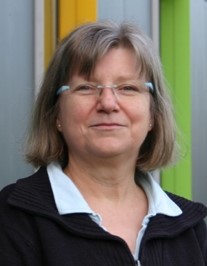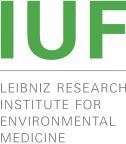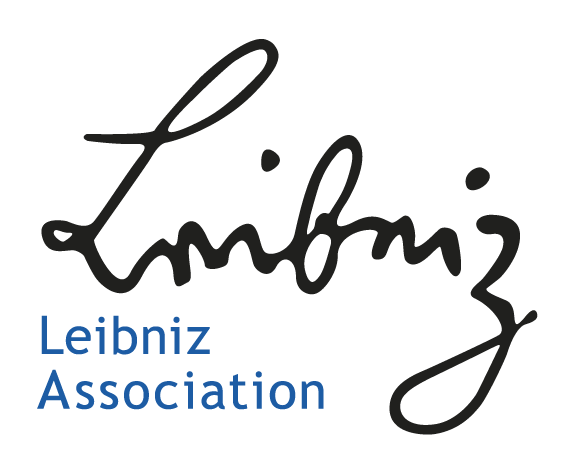Liaison group between the IUF and the Life & Medical Sciences Institute (LIMES) of the University of Bonn
The liaison research group “Innate immunity and extrinsic skin aging“ investigates the crosstalk between environmentally-induced aging processes and the innate immune system at the model organ skin. Based on these research topics the group interconnects the two main research topics of the IUF “environmentally-induced skin aging” and “environmentally-induced disturbances of the immune system”.
We investigate MyD88-induced signaling in the skin and the function of the aryl hydrocarbon receptor repressor (AHRR) in the immune system. We want to characterize the contribution of signaling pathways of the innate immune system to inflammatory and allergic reactions of the skin. Additionally, we investigate the function of MyD88 and AHRR in extrinsic aging. Furthermore, we investigate the crosstalk of TLR and AHR signaling pathways and the involvement of inflammation associated signaling pathways in aging processes.

Head of liaison group:
Heike Weighardt
Function of the innate immune system in extrinsic skin aging
In this project we investigate the interplay of environmentally-induced aging processes with the innate immune system. We want to analyze if UVB irradiation acts as danger signal and contributes directly to skin aging by activation of the innate immune system. To achieve this, mice globally deficient for MyD88 or newly developed mouse lines that allow expression of MyD88 in specific cell populations are analyzed in a model of chronic UVB irradiation. Furthermore, we want to clarify if premature skin aging alters the efficiency of the innate immune system. Therefore, we investigate if extrinsically aged skin displays reduced skin barrier functions and whether this results in a reduced protection against pathogens. In another part of the project we want to analyze whether the AHRR contributes to extrinsic skin aging and want to explore the role of skin fibroblasts to this process. In the third project part we analyze the functional role of the transcription factor HIF1-α in UV-induced skin aging. This work is conducted in close cooperation with the labs Krutmann and Esser.
Modulation of anti-microbial and anti-parasitic immune reactions by intestinal chemosensing receptors
In this project we investigate the function of the AHR and the AHRR in host defense and want to elucidate the interaction of this system with other chemosensing receptors in the intestinal immune system in vivo and by the use of intestinal organoids. This project is conducted together with Prof. Irmgard Förster in cooperation with Dr. Daniel Degrandi and Prof. Klaus Pfeffer from the Heinrich Heine University Düsseldorf and is funded by the Jürgen Manchot Foundation.
Cell type-specific regulation and function of the AHRR in skin inflammation and allergy
In this project we investigate the regulation of AhR signaling by the AHRR in contact allergy and atopic dermatitis in a mouse model and analyze the regulation of AHRR expression in immune cells and non-immune cells of the skin. This project is funded by the DFG (WE 2625/4-1) and is part of the research group FOR 5489 Investigations on the ambivalence of the AHR signaling pathway in skin diseases.
IUF internal:
AG Esser
AG Haarmann-Stemmann
AG Krutmann
Team Unfried
AG Schins
National:
Prof. Walter Däubener, Dr. Daniel Degrandi, Prof. Klaus Pfeffer, University Düsseldorf,
Prof. Thomas Tüting, University Magdeburg
Dr. Marc Beyer, University Bonn
Prof. Christa Müller, University Bonn
Prof. Karin Loser, University Münster
Postdoc
PhD student



